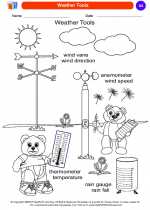Light
Light is a form of energy that allows us to see the world around us. It is made up of small particles called photons, which travel in waves. Light can be produced by natural sources, such as the sun, or by artificial sources, such as light bulbs.
Properties of Light
- Reflection: Light can bounce off surfaces, which is known as reflection. This is how we are able to see objects that do not produce their own light.
- Refraction: When light passes through different materials, such as air, water, or glass, it can change direction. This is known as refraction.
- Speed: Light travels at a speed of approximately 299,792 kilometers per second in a vacuum, making it the fastest form of energy.
- Colors: Light is made up of different colors, which can be seen in a rainbow. This is because light can be separated into different wavelengths, each corresponding to a different color.
Uses of Light
Light has many practical uses in our everyday lives. It allows us to see, helps plants to grow through the process of photosynthesis, and can be harnessed to create energy through solar panels.
Study Guide
Here are some key points to remember about light:
- What is light?
- What are the properties of light?
- How is light used in everyday life?
Additionally, you can conduct simple experiments to understand the properties of light, such as creating a rainbow using a prism or exploring how light reflects off different surfaces.
Understanding the properties and uses of light can help us appreciate the role it plays in our world and in scientific advancements.
[Light] Related Worksheets and Study Guides:
.◂Science Worksheets and Study Guides Kindergarten. Weather

 Coloring Worksheet
Coloring Worksheet
 Coloring Worksheet
Coloring Worksheet
 Coloring Worksheet
Coloring Worksheet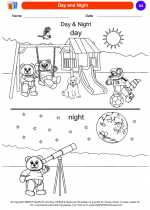
 Coloring Worksheet
Coloring Worksheet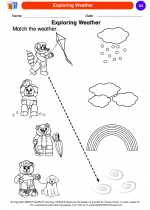
 Coloring Worksheet
Coloring Worksheet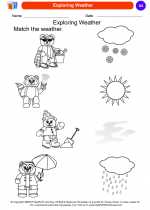
 Coloring Worksheet
Coloring Worksheet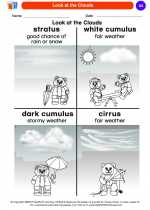
 Coloring Worksheet
Coloring Worksheet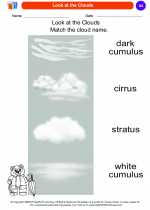
 Coloring Worksheet
Coloring Worksheet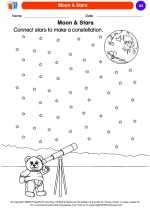
 Coloring Worksheet
Coloring Worksheet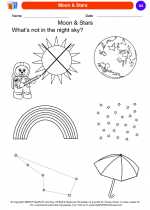
 Coloring Worksheet
Coloring Worksheet
 Coloring Worksheet
Coloring Worksheet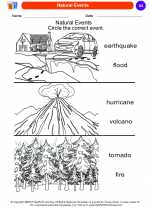
 Coloring Worksheet
Coloring Worksheet
 Coloring Worksheet
Coloring Worksheet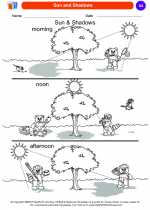
 Coloring Worksheet
Coloring Worksheet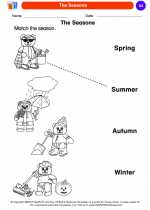
 Coloring Worksheet
Coloring Worksheet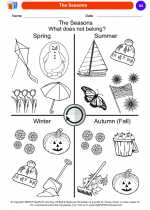
 Coloring Worksheet
Coloring Worksheet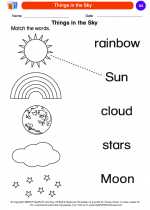
 Coloring Worksheet
Coloring Worksheet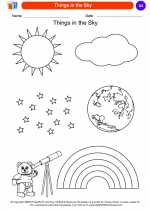
 Coloring Worksheet
Coloring Worksheet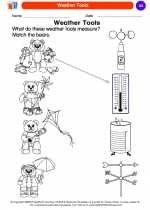
 Coloring Worksheet
Coloring Worksheet